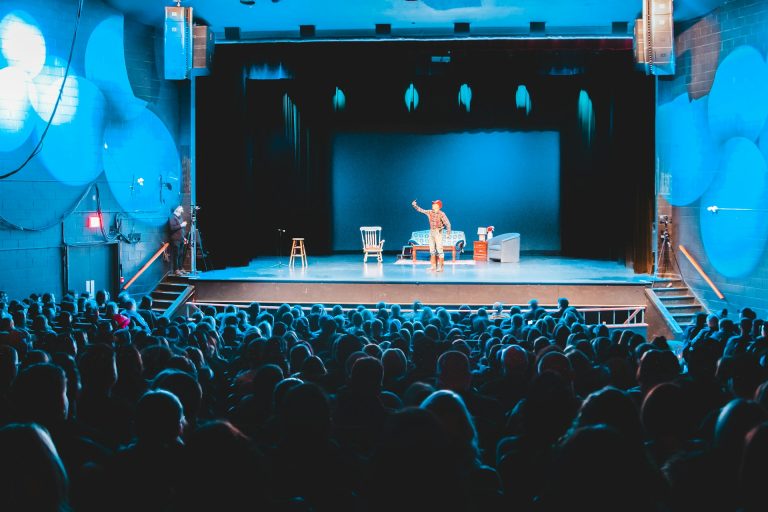
The start of 2021 is a gradual return to the ‘normal’ that we had lost sight of after the calamity that was the COVID-19 pandemic. However, things are not quite the same as they were before.
The ‘new normal’, as we’ll be referring to it for the rest of this article, has major implications for marketers, and the differences are quite clear. The social distancing limitations that had been imposed in all nations had consumers everywhere changing how they behaved, massively shaking the foundations of all of the marketing practices that had worked well enough in the past. Setting forth a ‘global adaptation’, as it stands, that requires all marketers to change the way they are conducting their business to stay on top and start off strong this new year.
But what exactly is our New Normal?
How are consumers different now than they were just a year ago? And, what do we, as marketers, have to do in order to communicate with them effectively? Let’s break down all the major changes to expect for this year:
The Abrupt Digital Migration
The most obvious shift in the norm is the expansion of our ‘digital borders.’
The stay-at-home restrictions had seriously changed how some consumers are shopping today. Expediting what had been a gradual movement towards online shopping into an abrupt digital migration that had over 13 million people making their first online purchases ever in Latin America alone — at least, according to collected credit card data from all over the world, which also showed a significant general increase in first-time online shoppers all over the world.
And while this ‘migration’ may see a slight decrease now that social distancing restrictions have been loosened, recent surveys show that there are plenty of consumers out there with the “high intent” to continue spending their money online.
These newly adjusted customer behaviors have already—and will continue to—affect the way we marketers must connect with consumers. One that involves an emphasis on accepting and improving e-commerce and digital channels.
Consumer Behavioral Changes
Post-pandemic consumer behaviors can be derived from several different factors. But a lot of it depends on what industry you’re looking to get into.
For example, the unemployment rate is still on the rise – what with over 1.7 million people in the U.S. having lost their jobs between September to November of last year, which was 0.60% higher than it was the three months before. This is a sign of instability that may result in consumers spending less than they usually would.
Another factor would be the increased sensitivity to health standards. Seeing as the pandemic has brought about more consciousness towards healthy living — which is expected to have some fairly long-lasting effects on which brands consumers will trust more or less in the future.
Such effects demand immediate attention and a creative mind to adapt to, which brings us to our next ‘shift’ of the new normal. That is…
Marketing Automation on the Rise
“Adaptability and Innovation.” These are the two things Ross Andrew Paquette had advised marketers to prioritize during post-pandemic times. And this is according to the CEO of Maropost, which is a well-known cloud-based marketing automation platform that services B2C brands and retailers alike and helps them simplify their customer engagement.
Platforms like Maropost have never been more popular — what with the marketing automation industry experiencing a boom that was double that of what was previously projected for 2020. And why is that? Well, because it’s services like Maropost that allows marketers to understand new consumer behaviors and put into action the proper marketing campaigns needed to engage with them in a way that builds the sense of community that everyone is looking for.
The bottom line here is: three-quarters of all companies now use marketing automation in their business. And this number is only going to get higher and higher as the year continues and everyone begins the struggle to catch up with their competitors.
Final Thoughts | The New Normal
The New Normal is still largely unknown. The instability of the economy demands that we stay on our toes, however. This means that, if you want to stay on top of your game, you’ll need to be open to accepting these changes and taking advantage of what you learn along the way to push forward and break barriers on your own.




